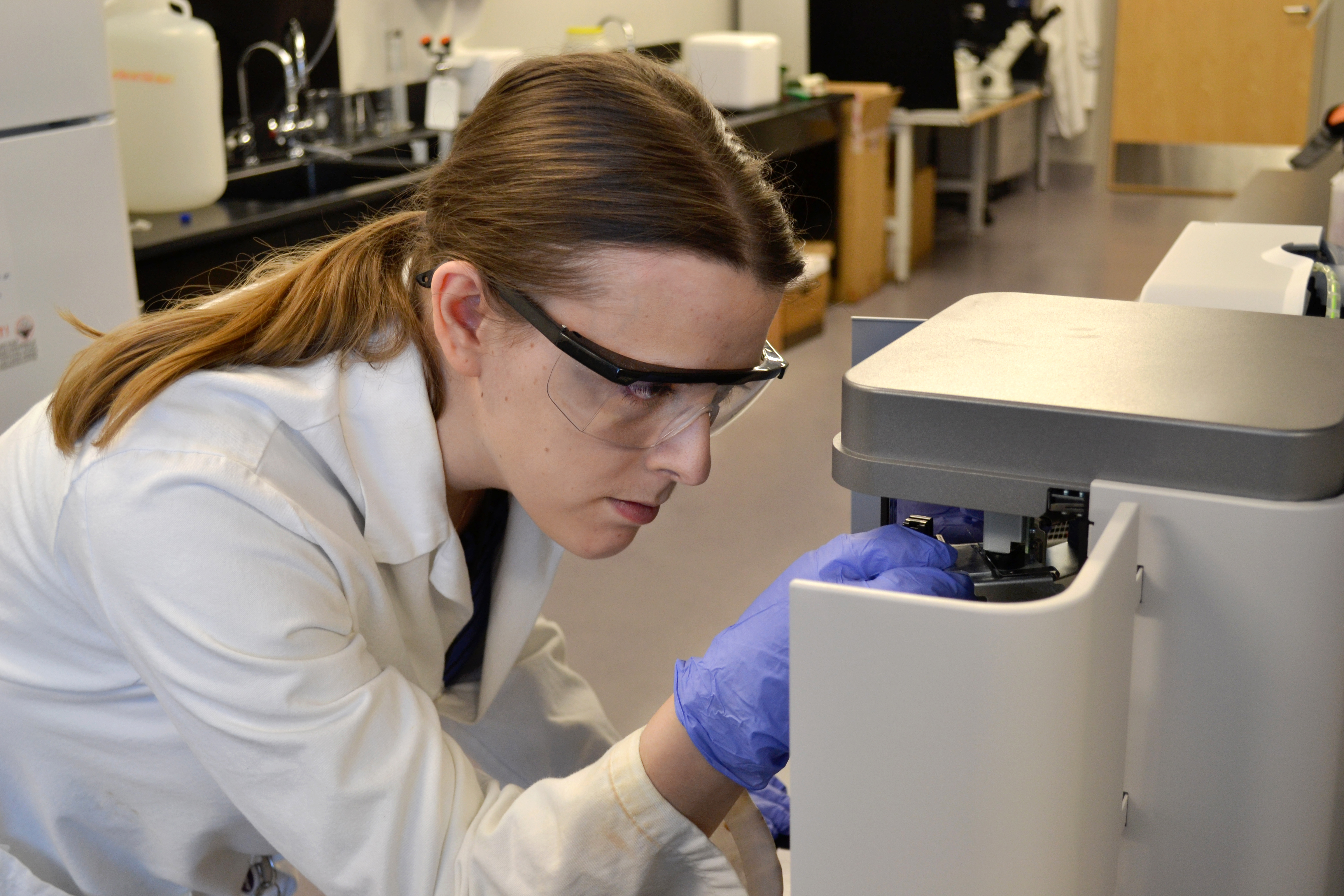Researchers at Kansas State University have used 3D printing technology to create a low cost device for detecting anemia.
Point-of-care devices enable users to quickly and easily perform tests from a drop of blood outside the lab. Master student in biological and agricultural engineering at K-State, Kim Plevniak, and assistant professor Mei He, have developed such a device using 3D printing. It is specially designed to detect anemia, a condition where not enough red blood cells are produced to transport oxygen. Approximately 2 billion people worldwide, mostly preschool children and pregnant women, are affected.
The device can be attached to a smartphone an consists of 3D printed clear plastic slides containing microfluidics. Using a drop of blood, the result can be read from the smartphone within a minute. It could be an inexpensive and accessible solution for people living in developing countries, with limited access to health care.
Plevniak explains: “Anemia is a very prevalent condition in developing countries even though it is easily treated with iron supplements or vitamins and can be prevented with a healthy diet. Often in these developing countries people will have much easier access to smartphones than they will to doctors and trained medical professionals.”
The team has recently received approval to start testing patient samples in order to optimise the device for diagnosing different levels of anemia.
Subscribe to our Newsletter
3DPresso is a weekly newsletter that links to the most exciting global stories from the 3D printing and additive manufacturing industry.






















